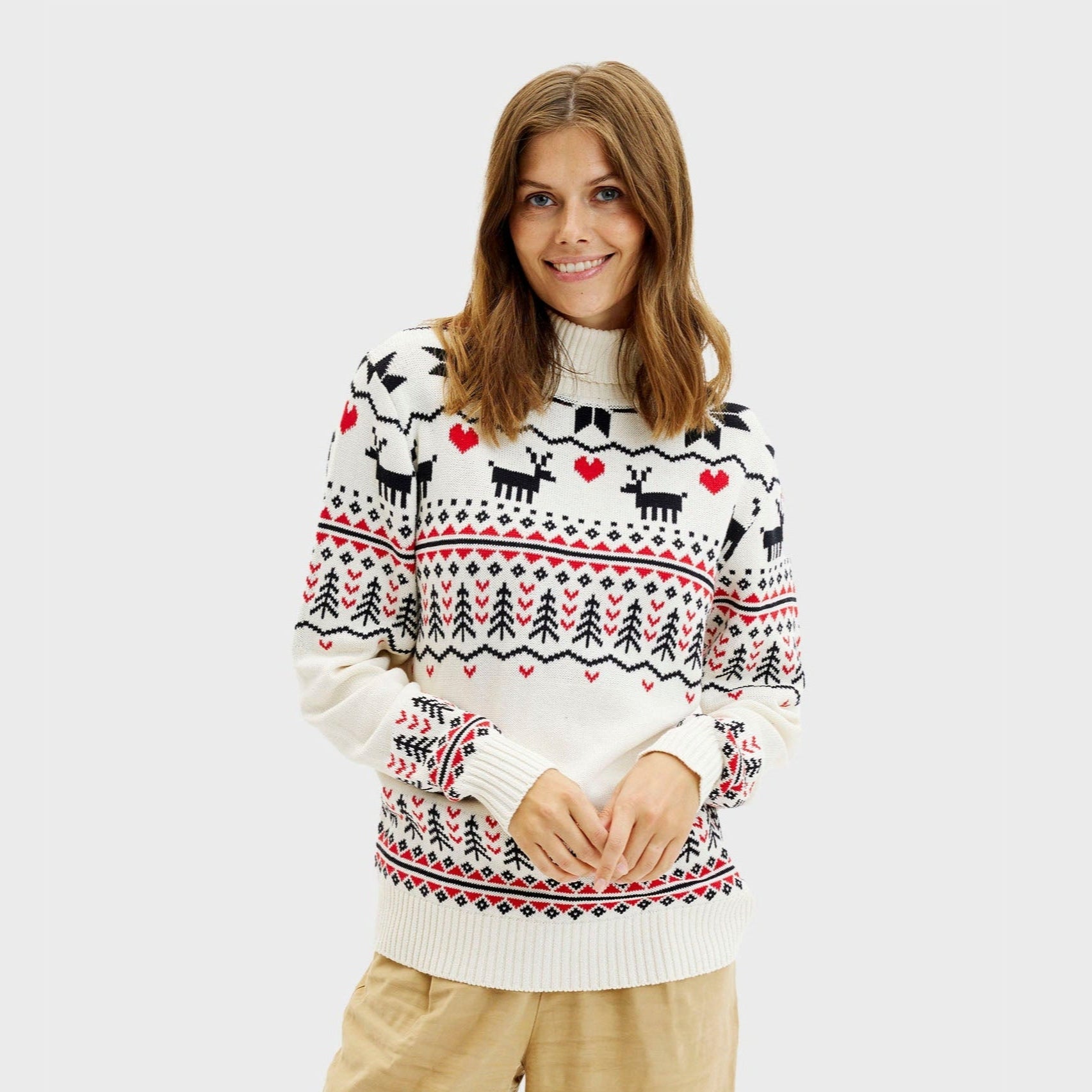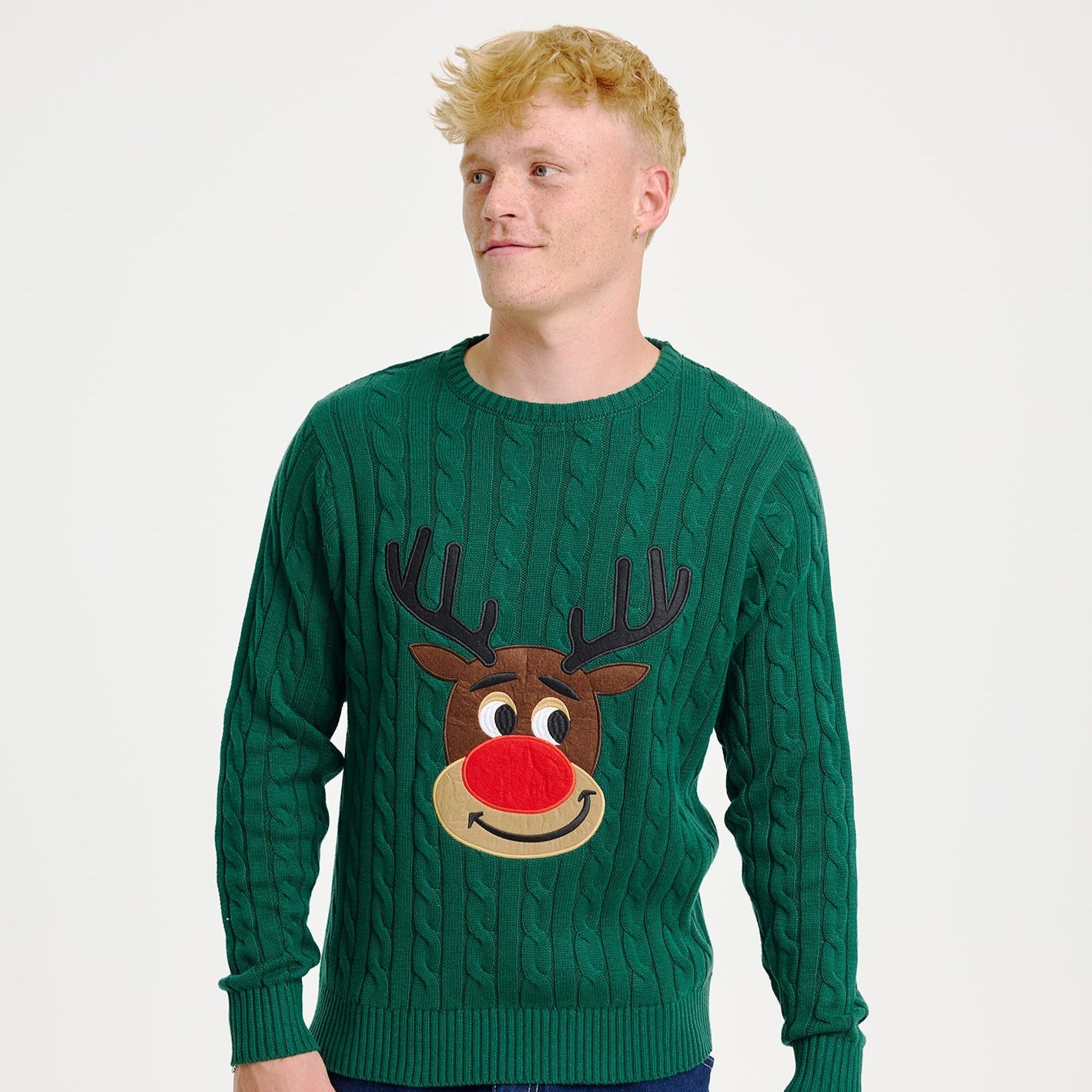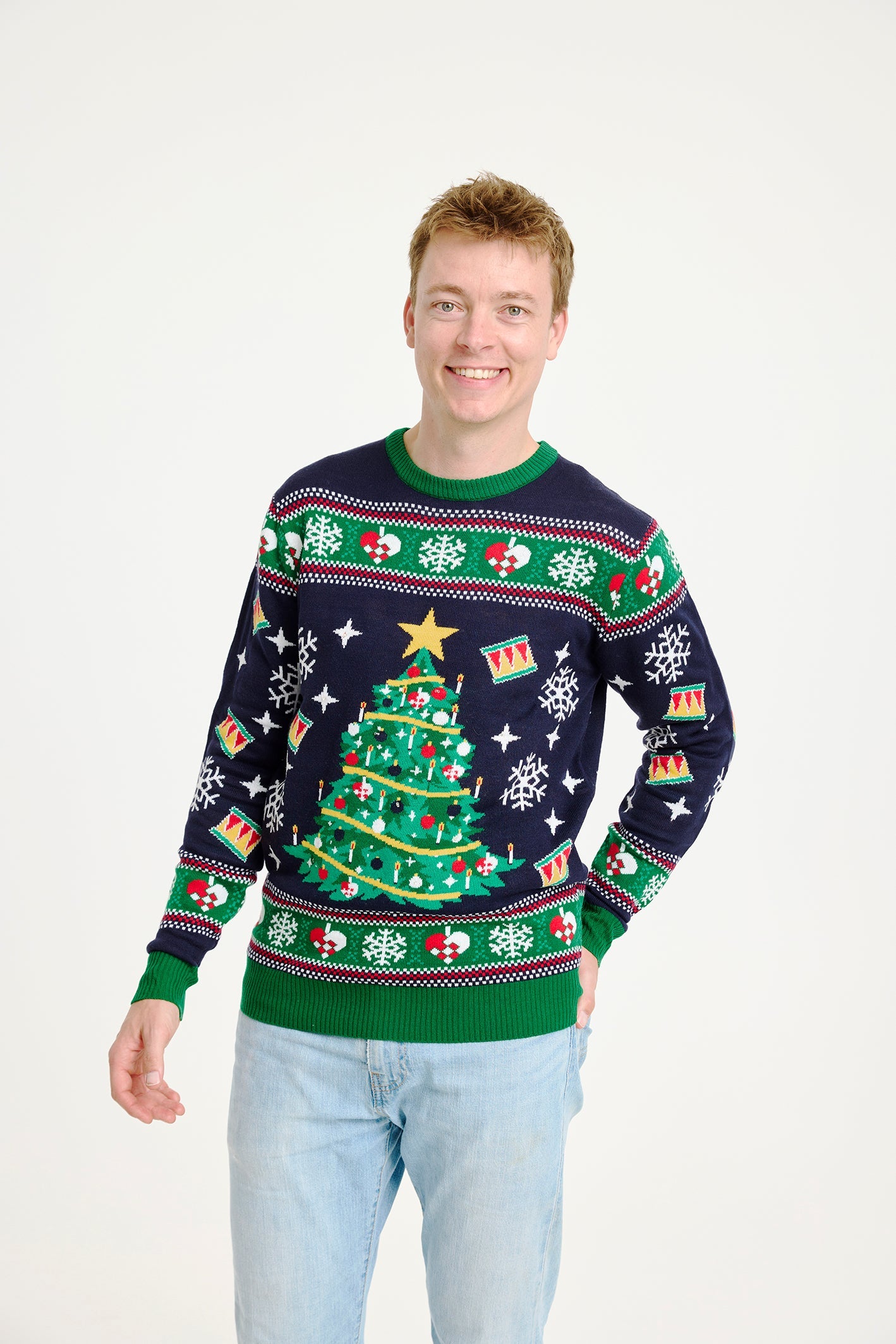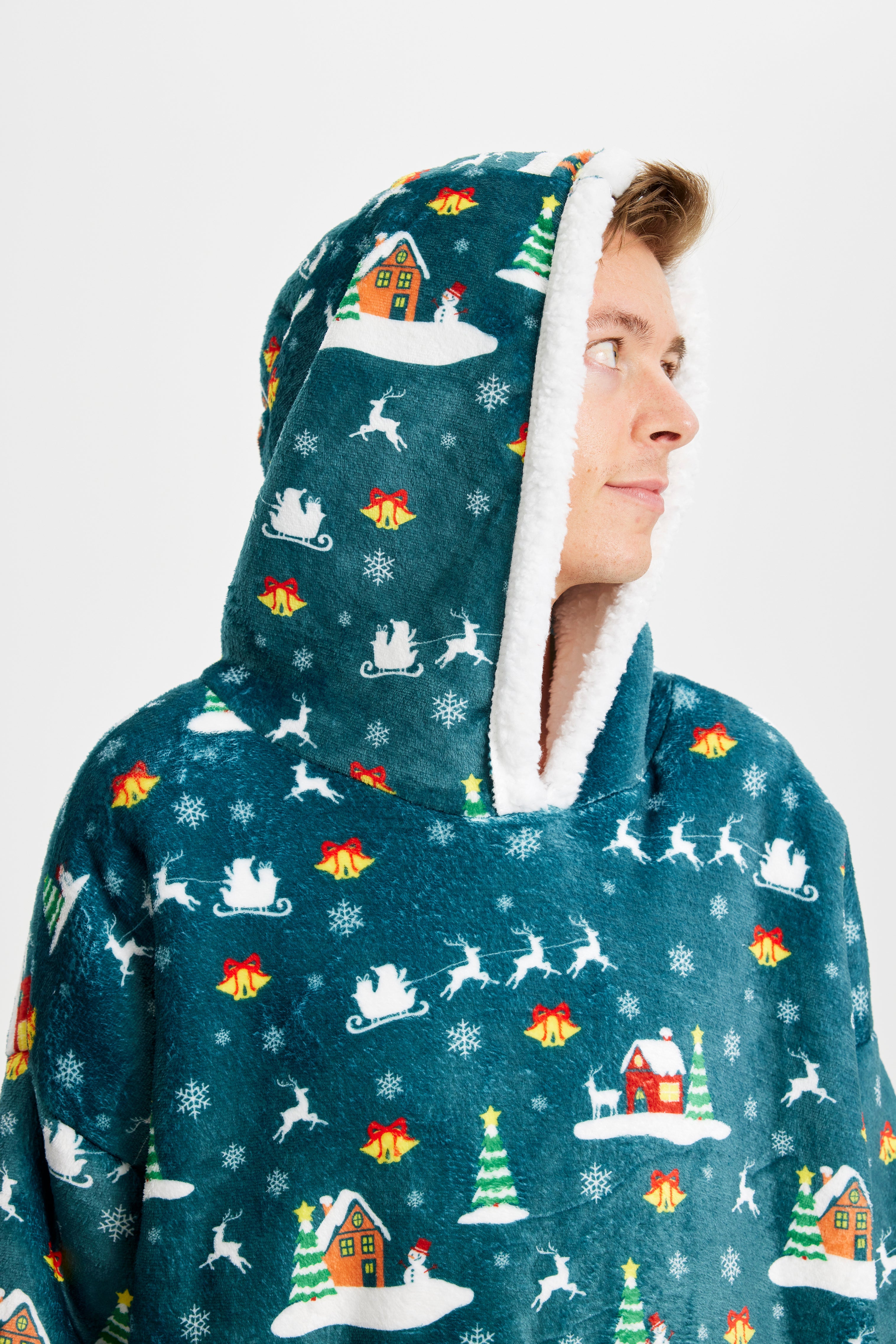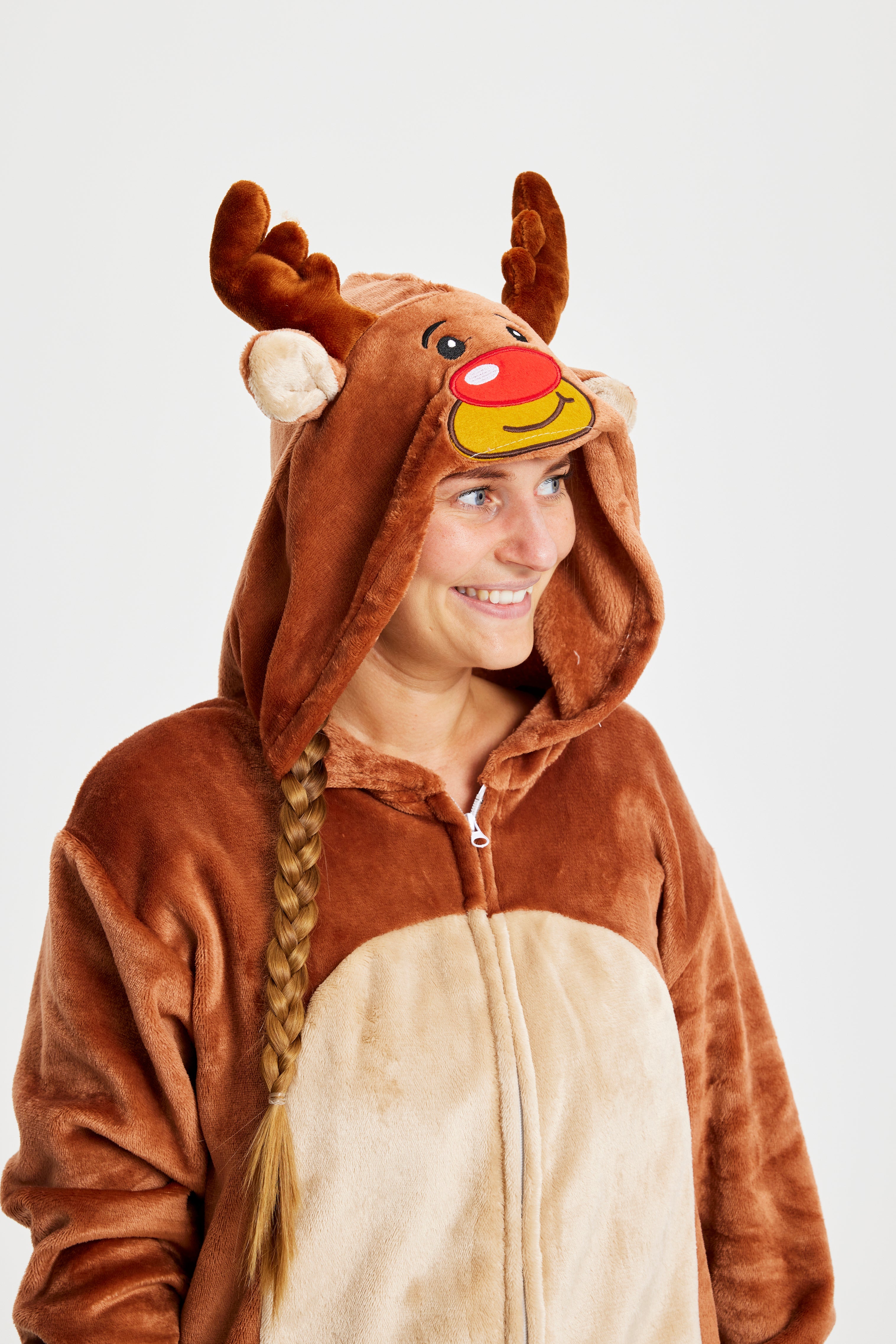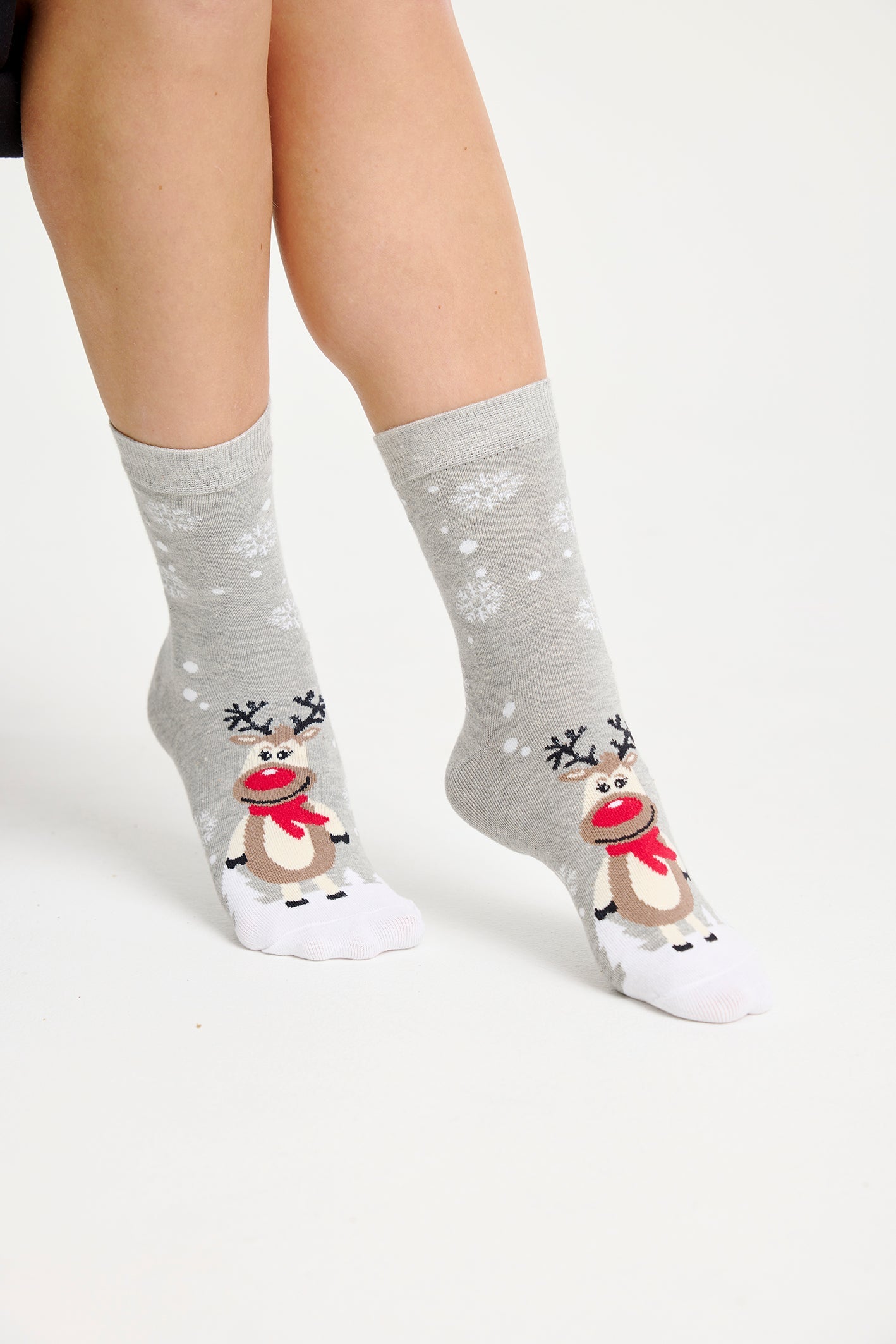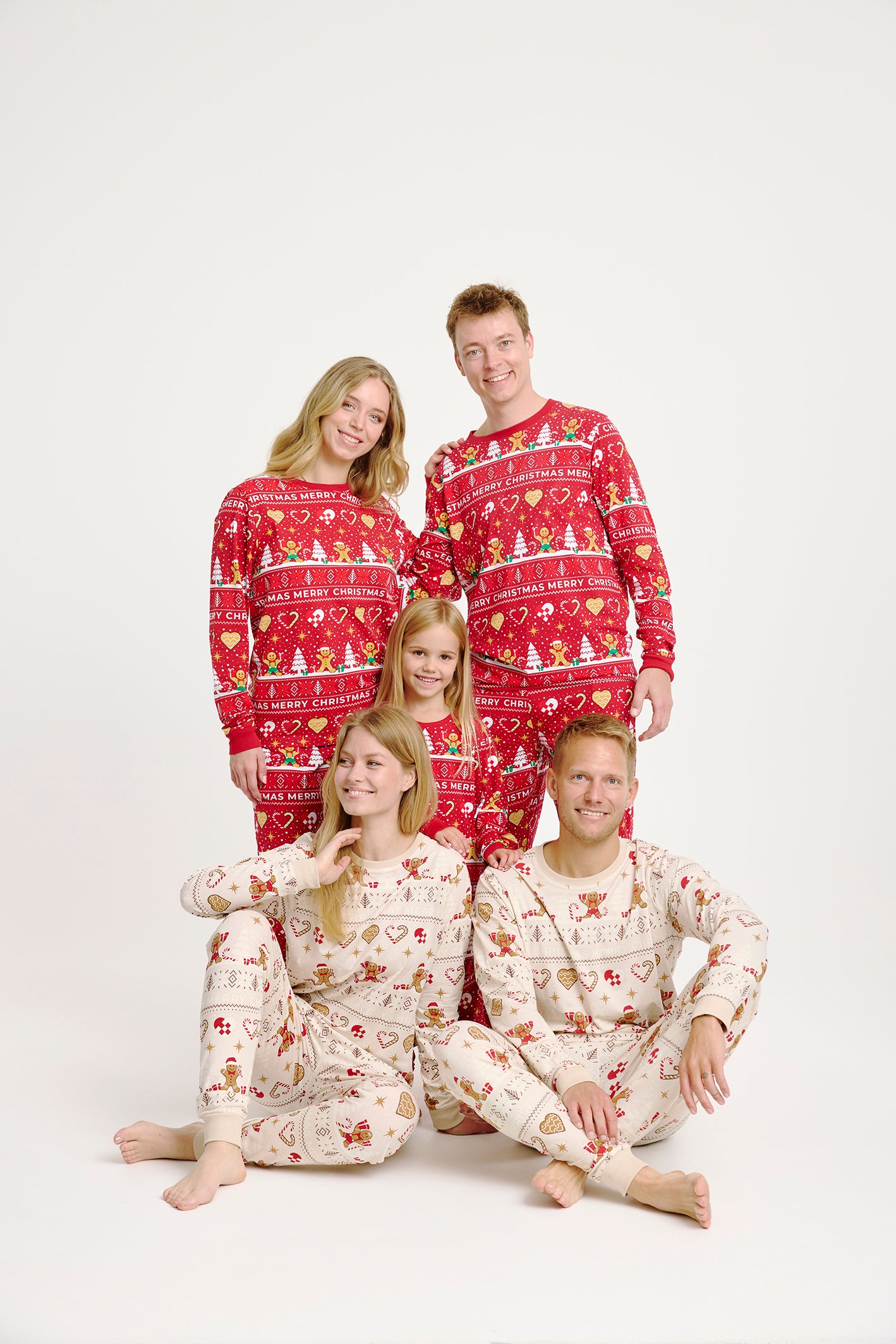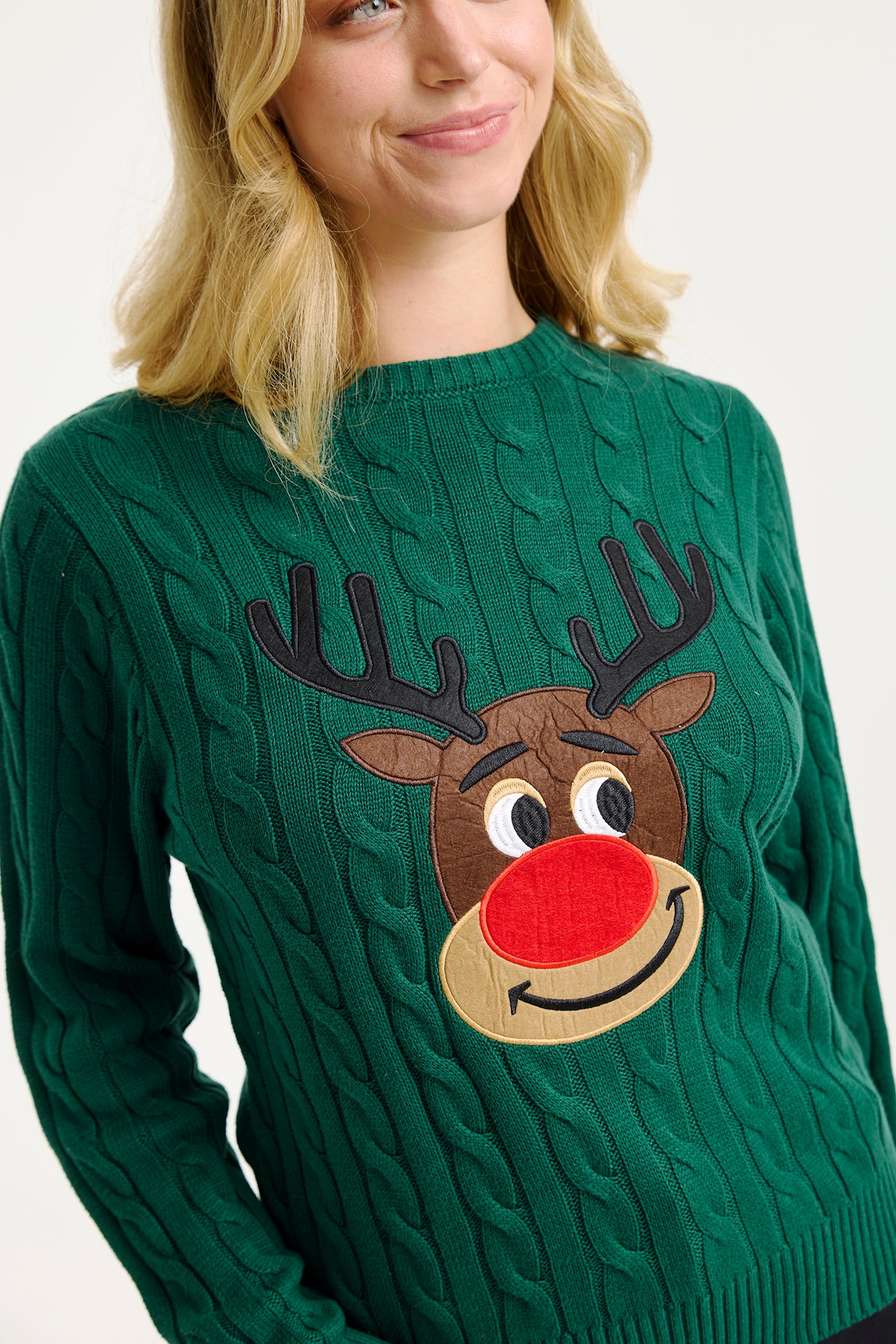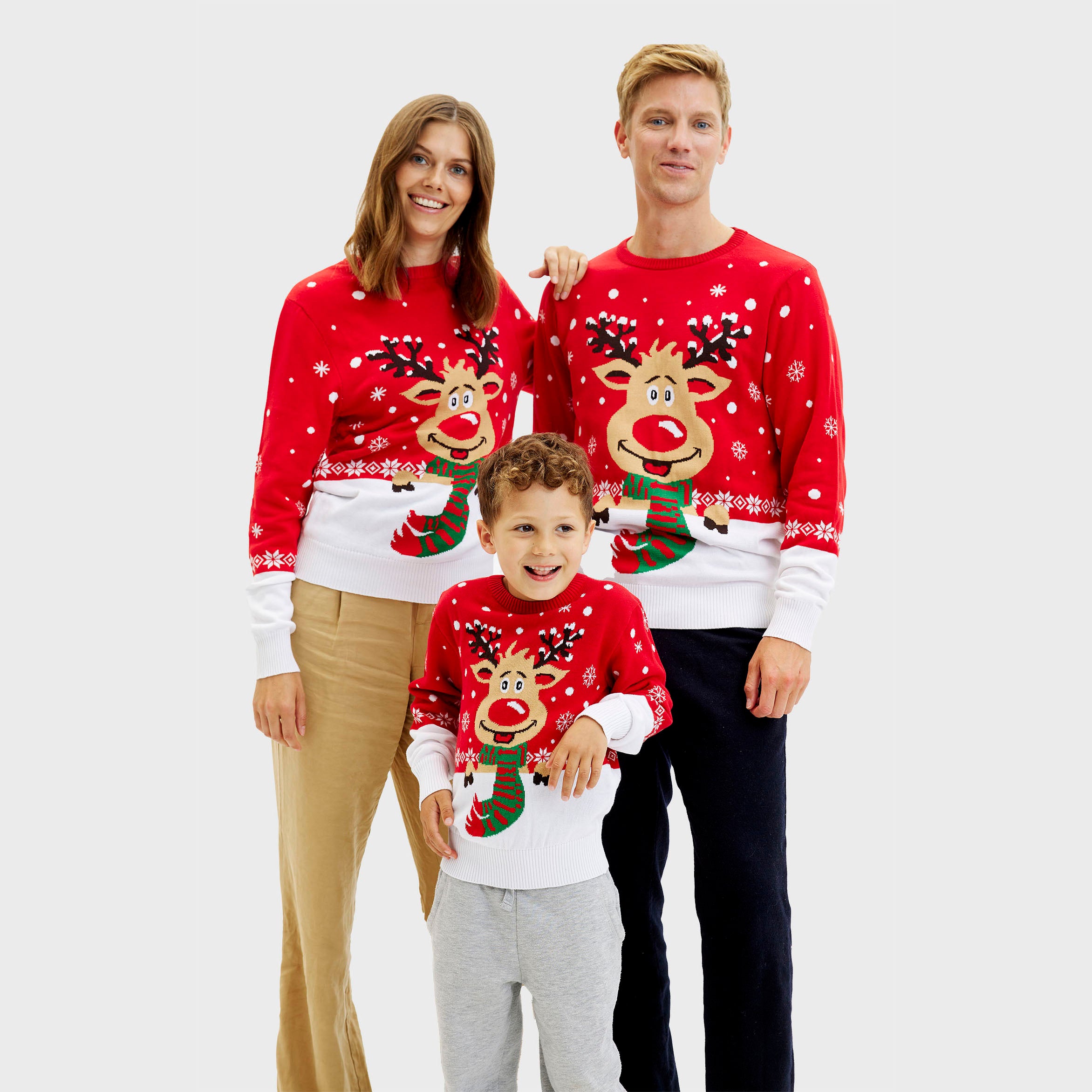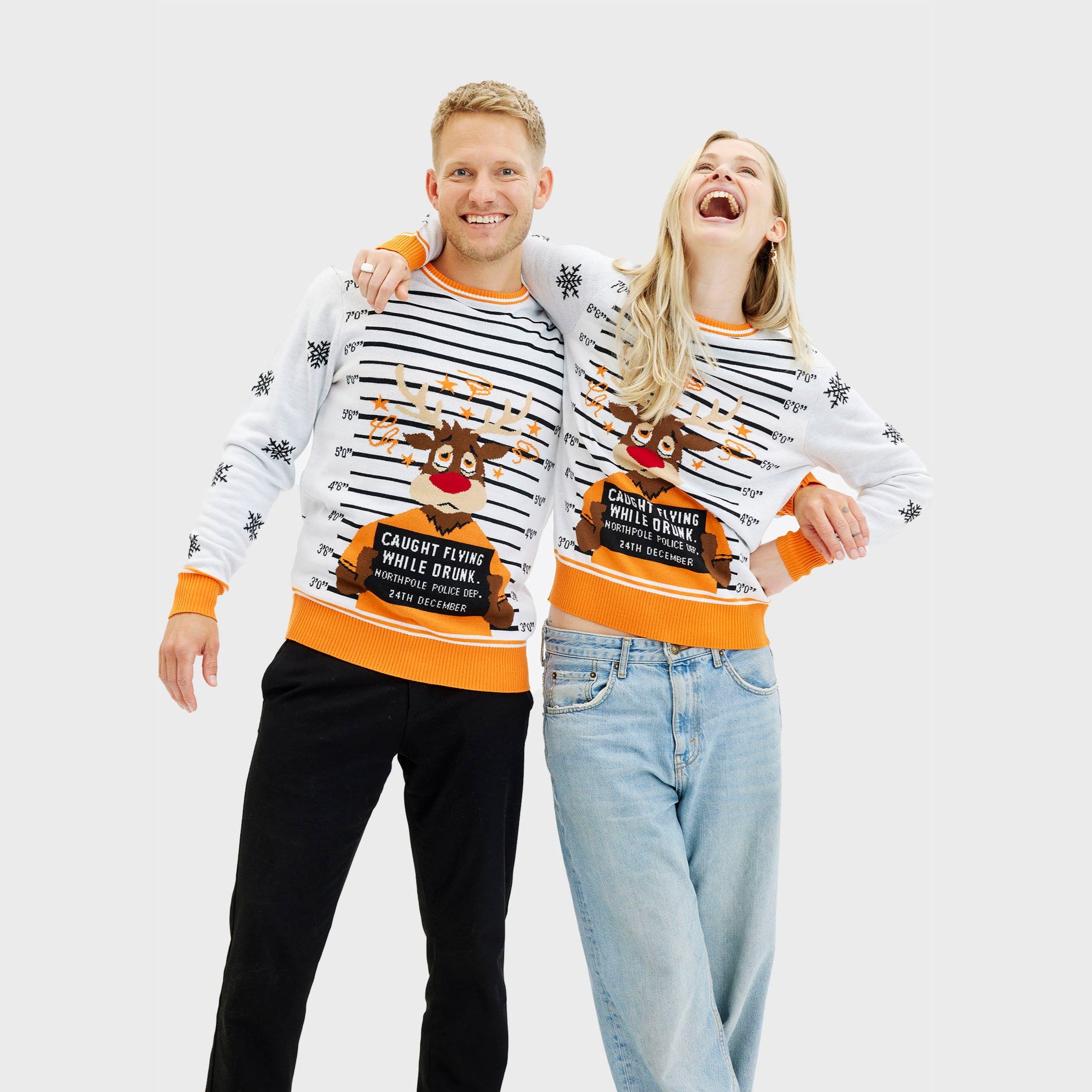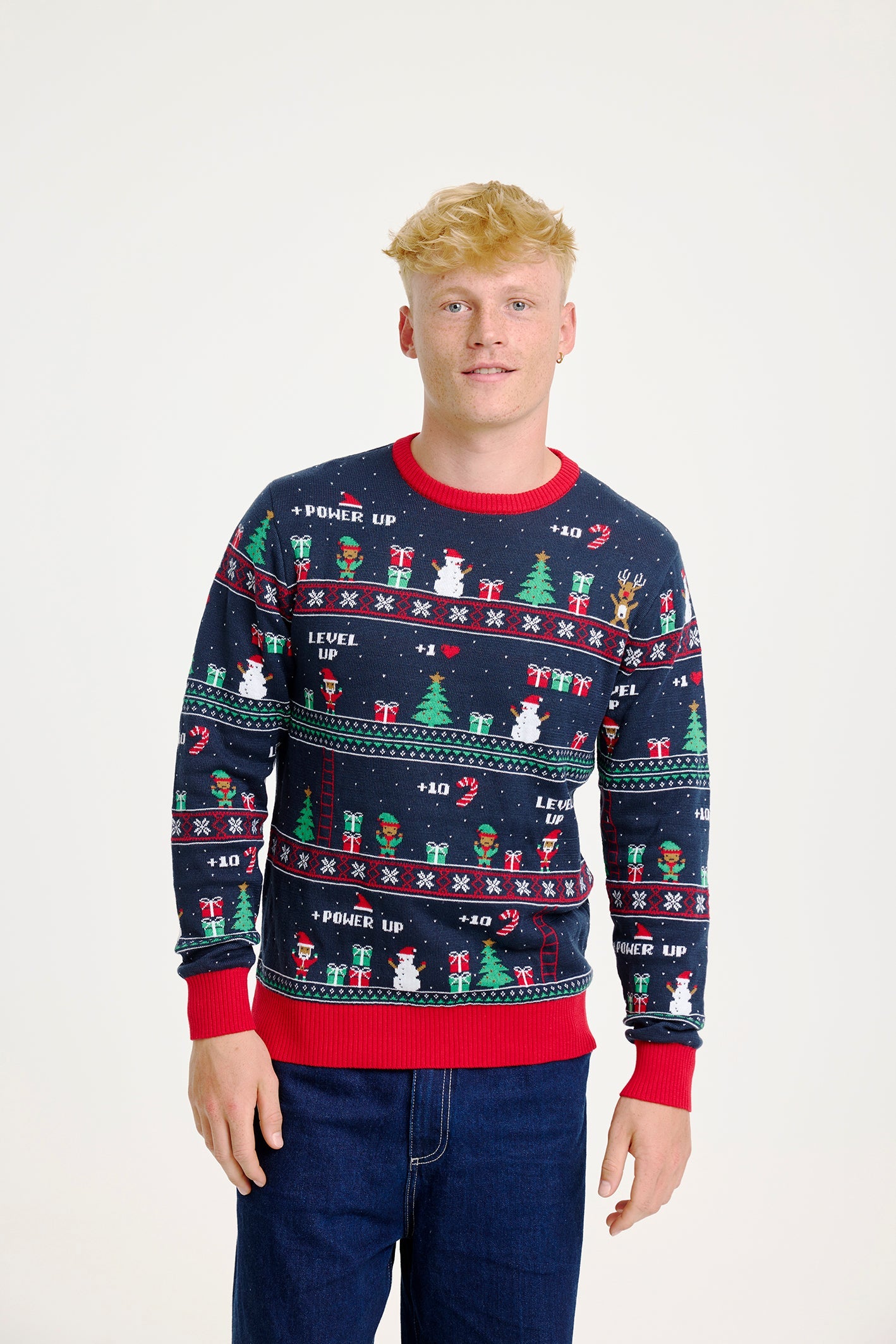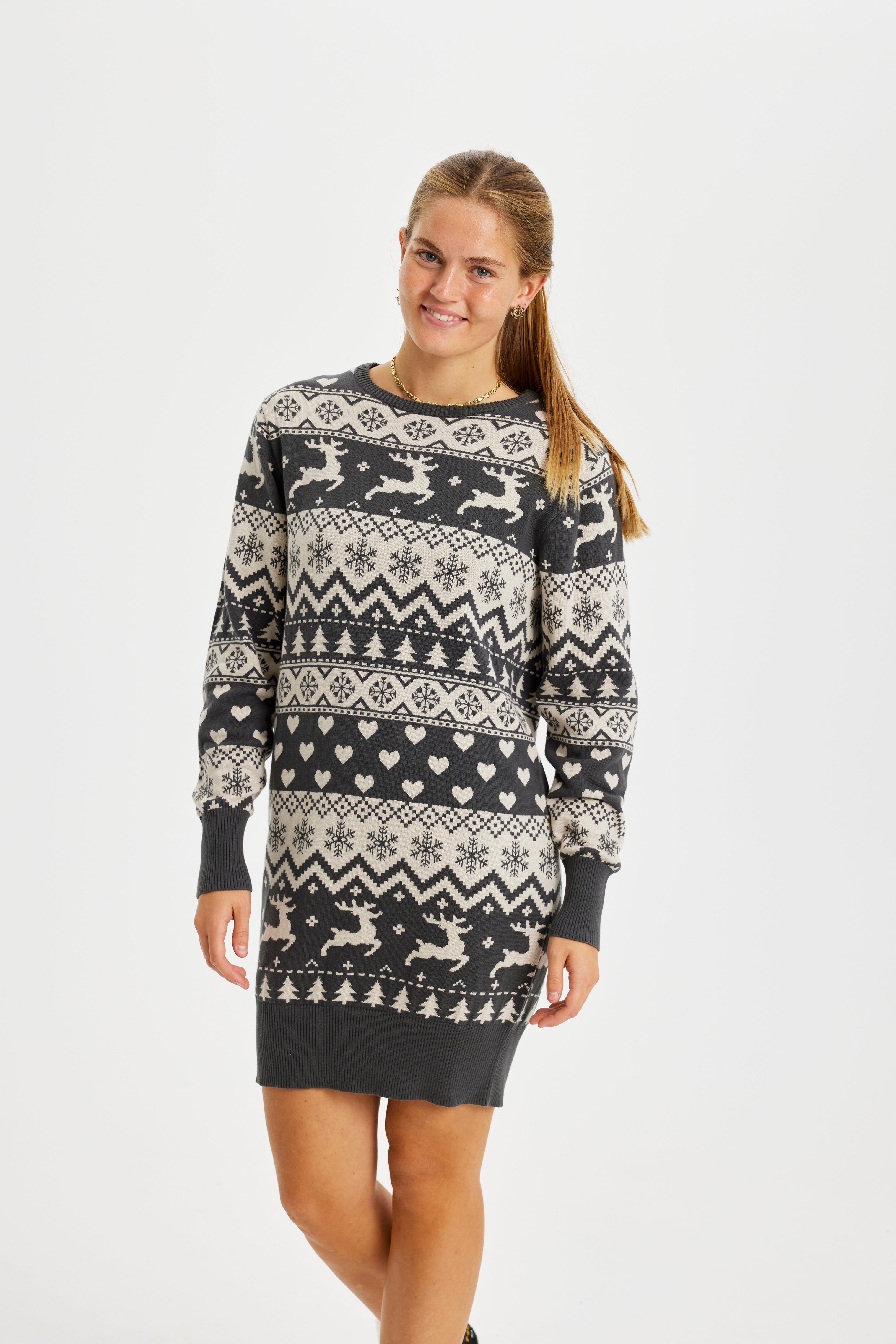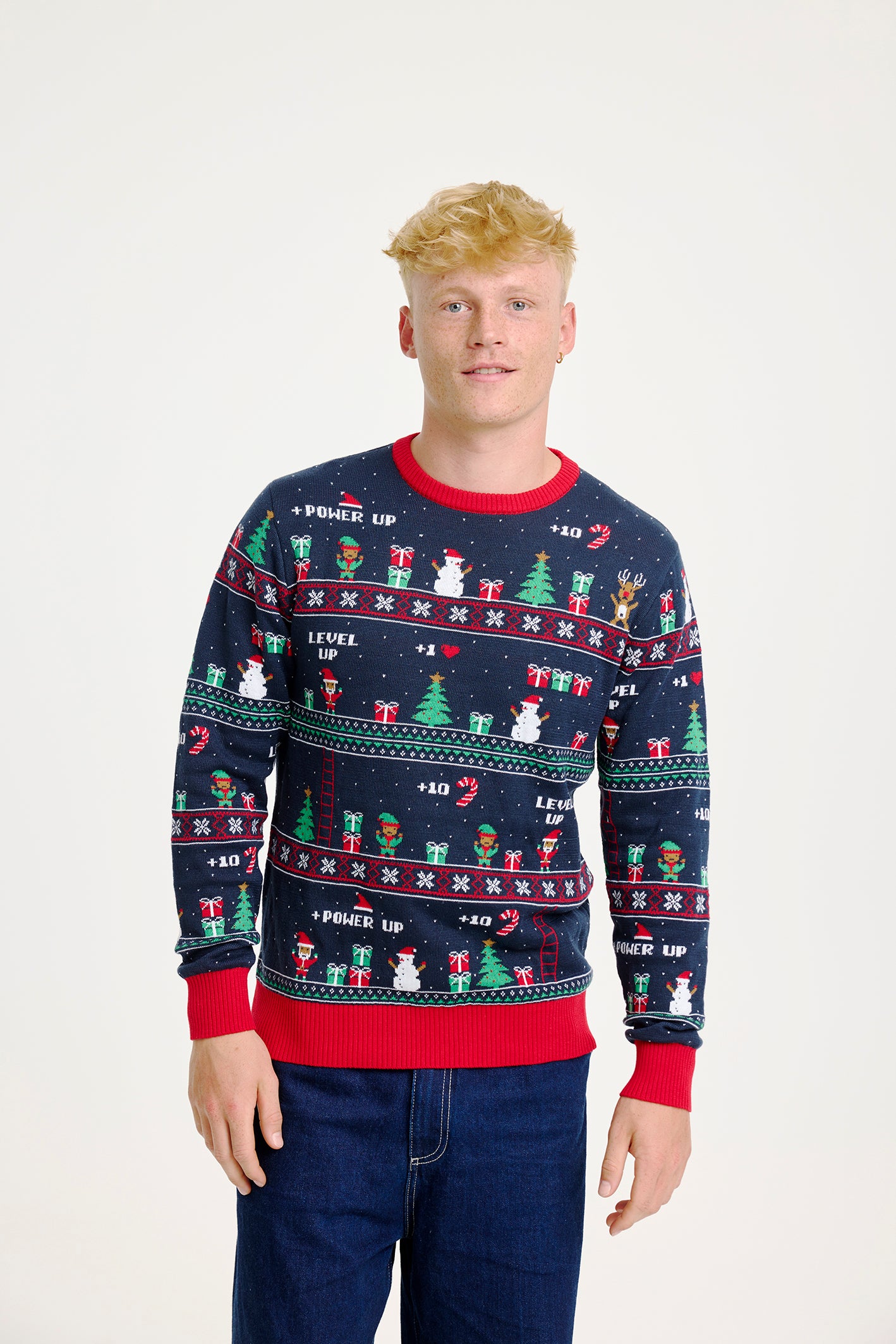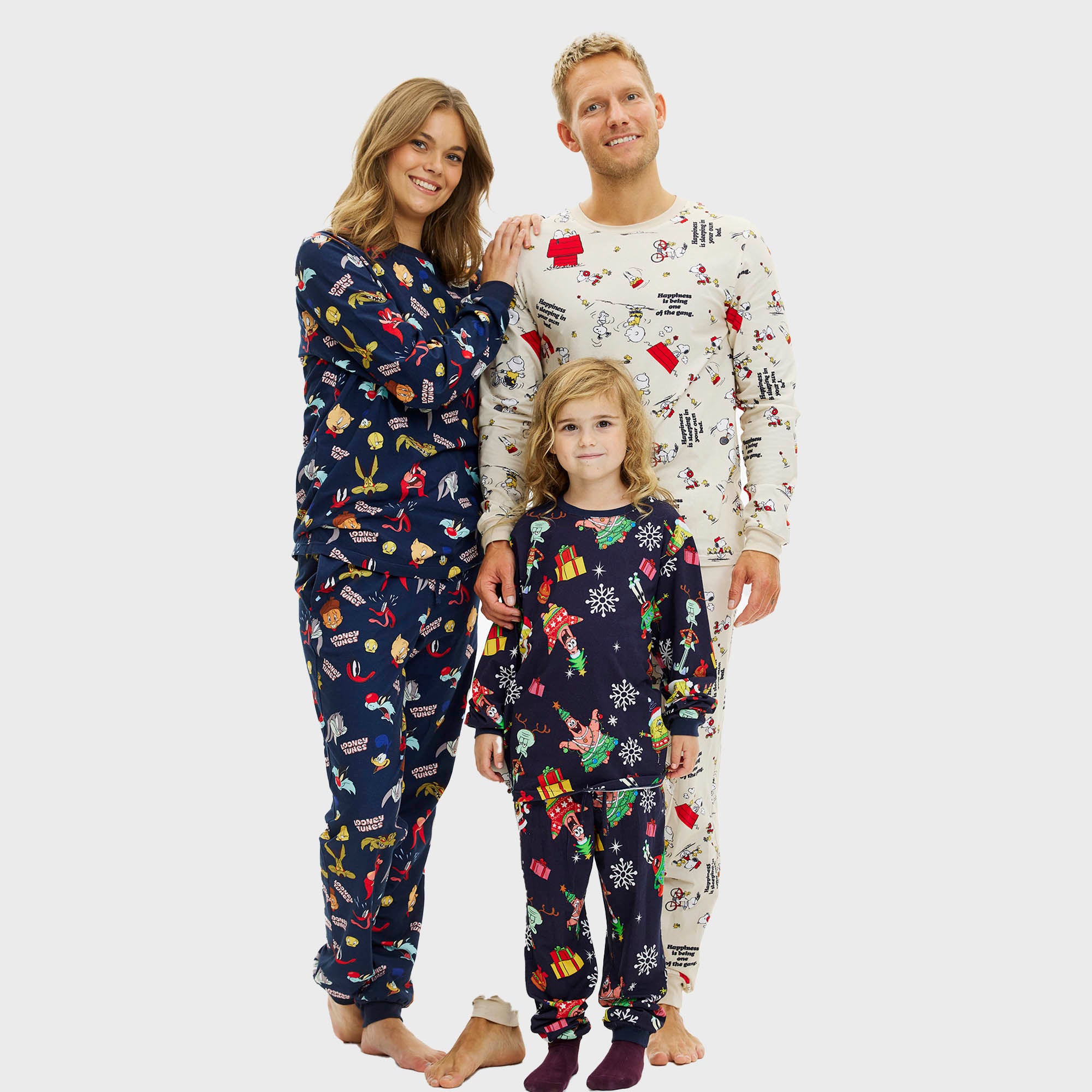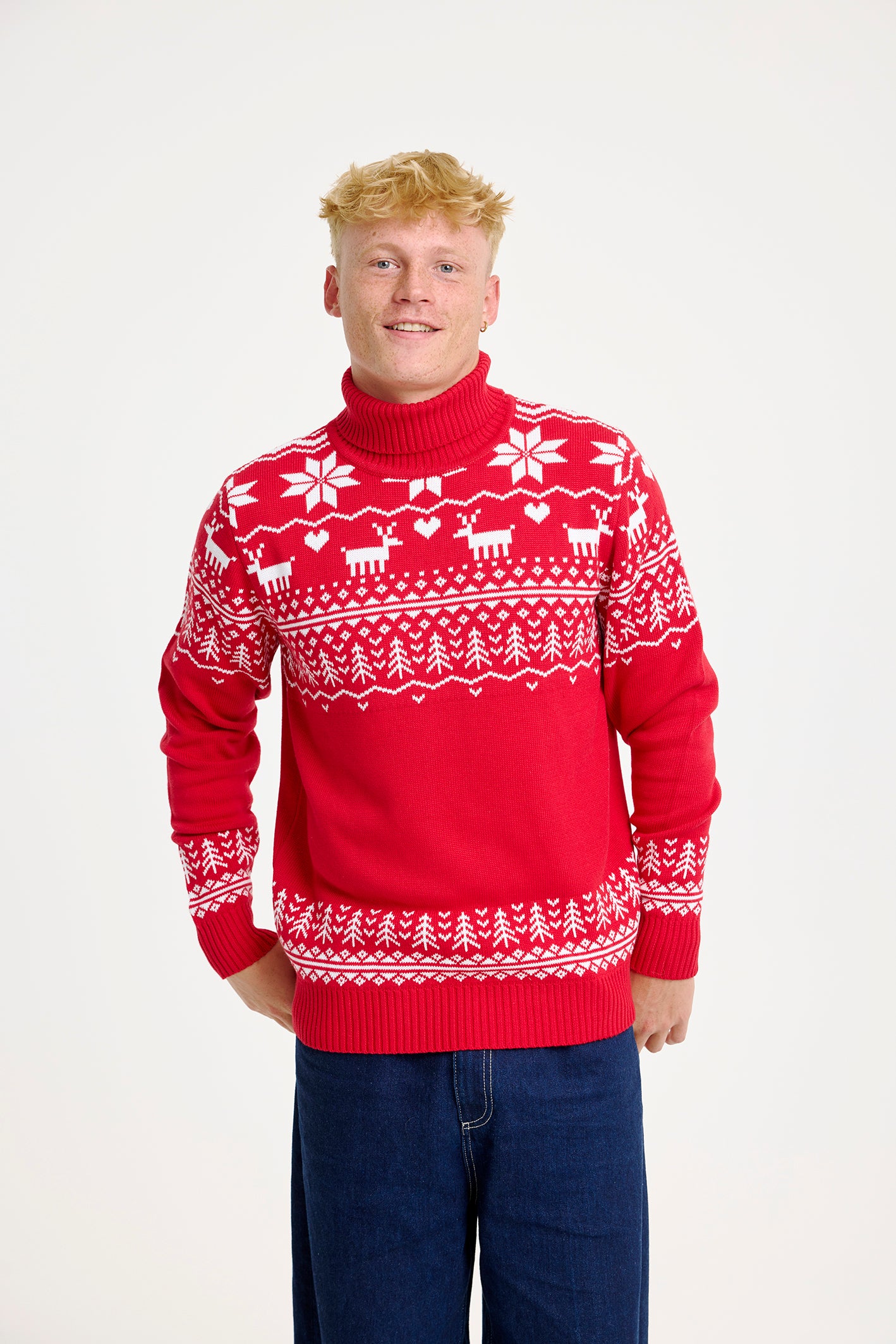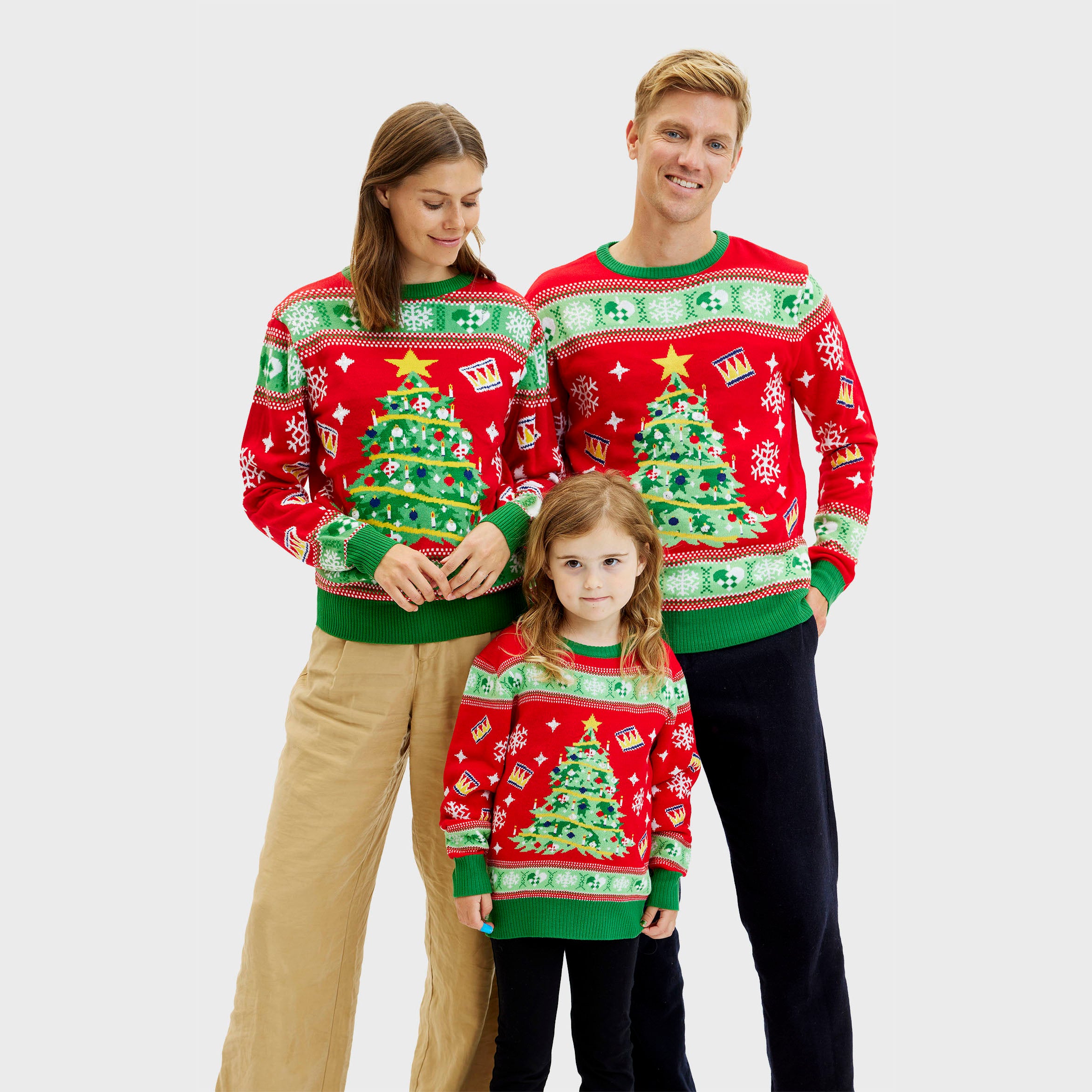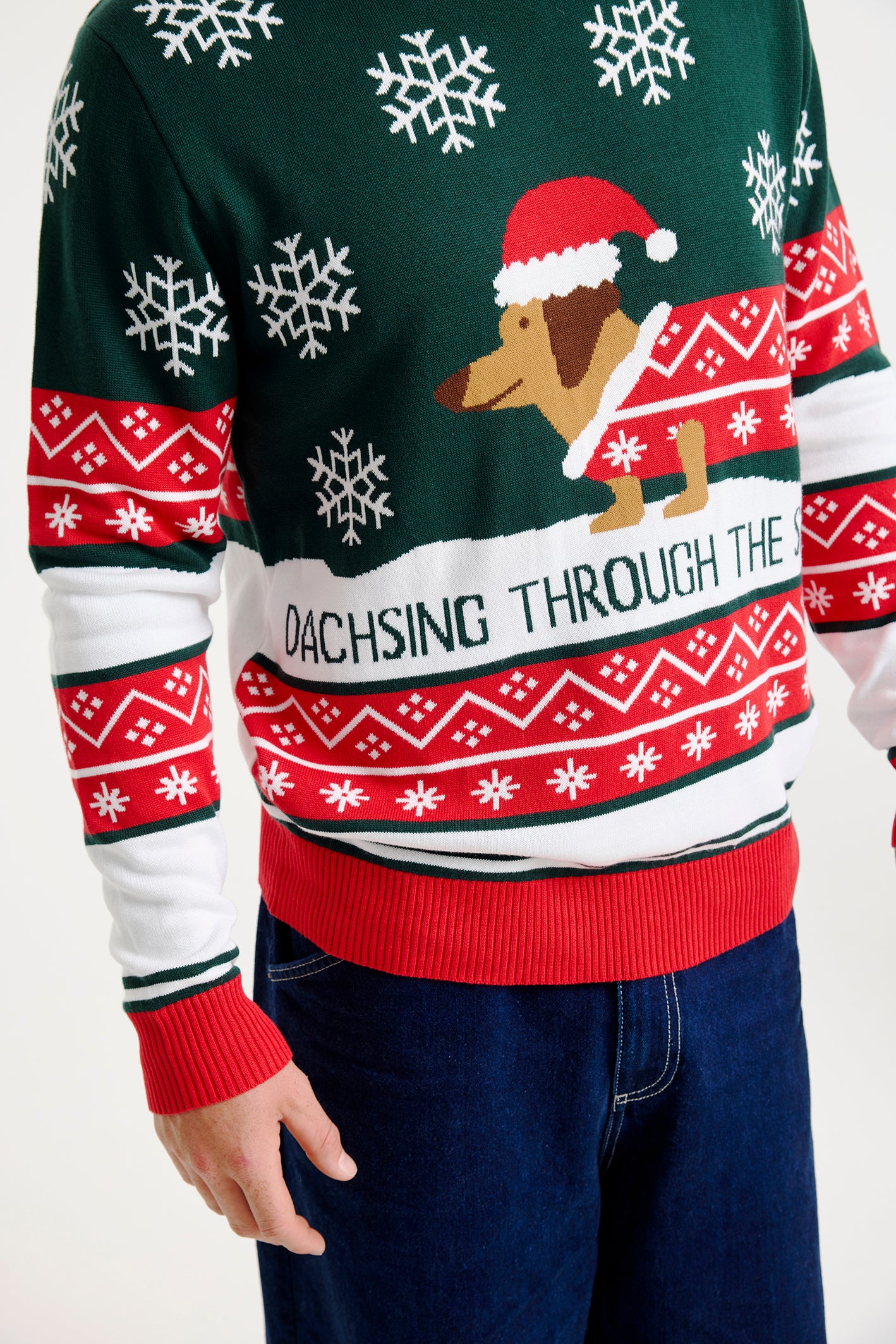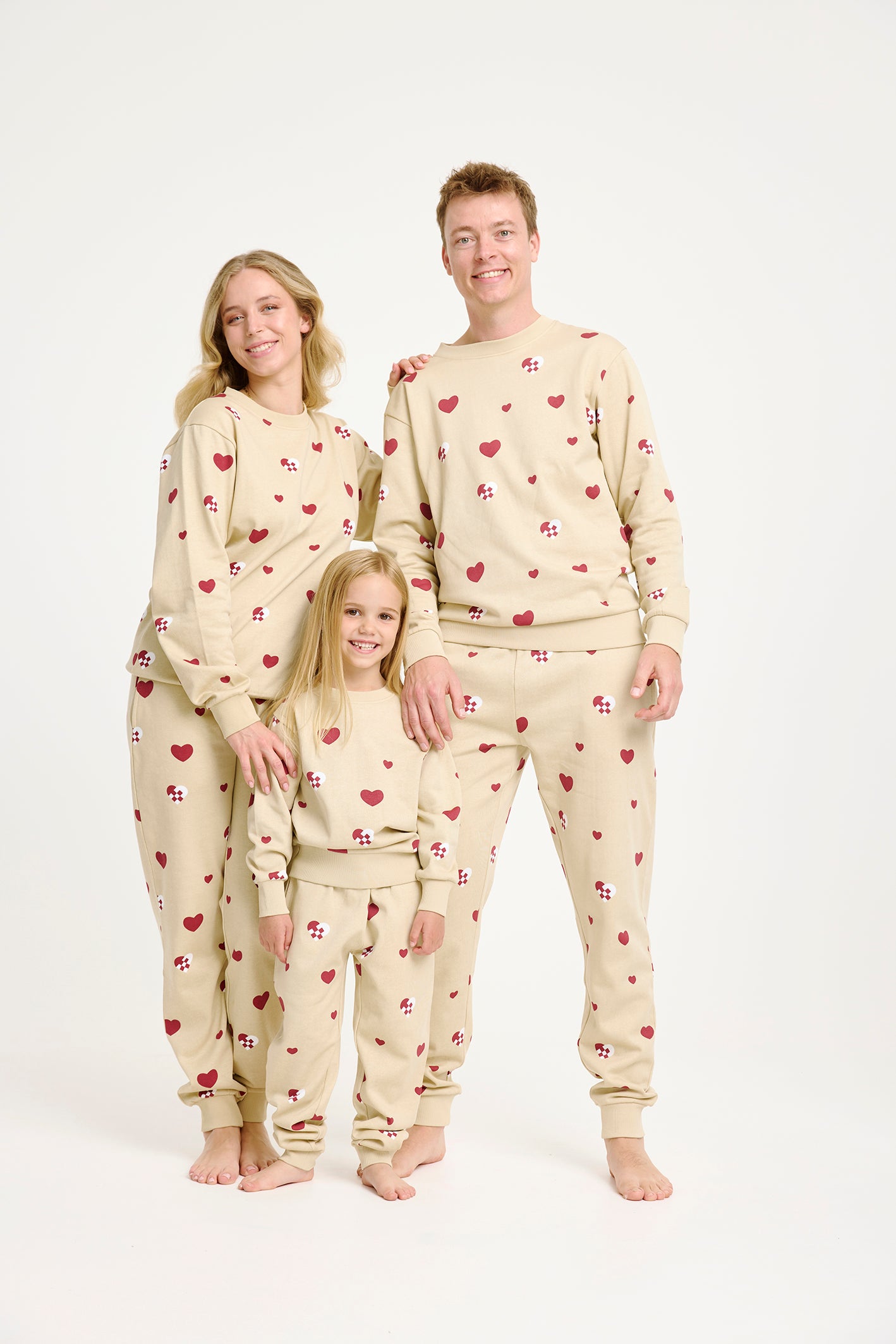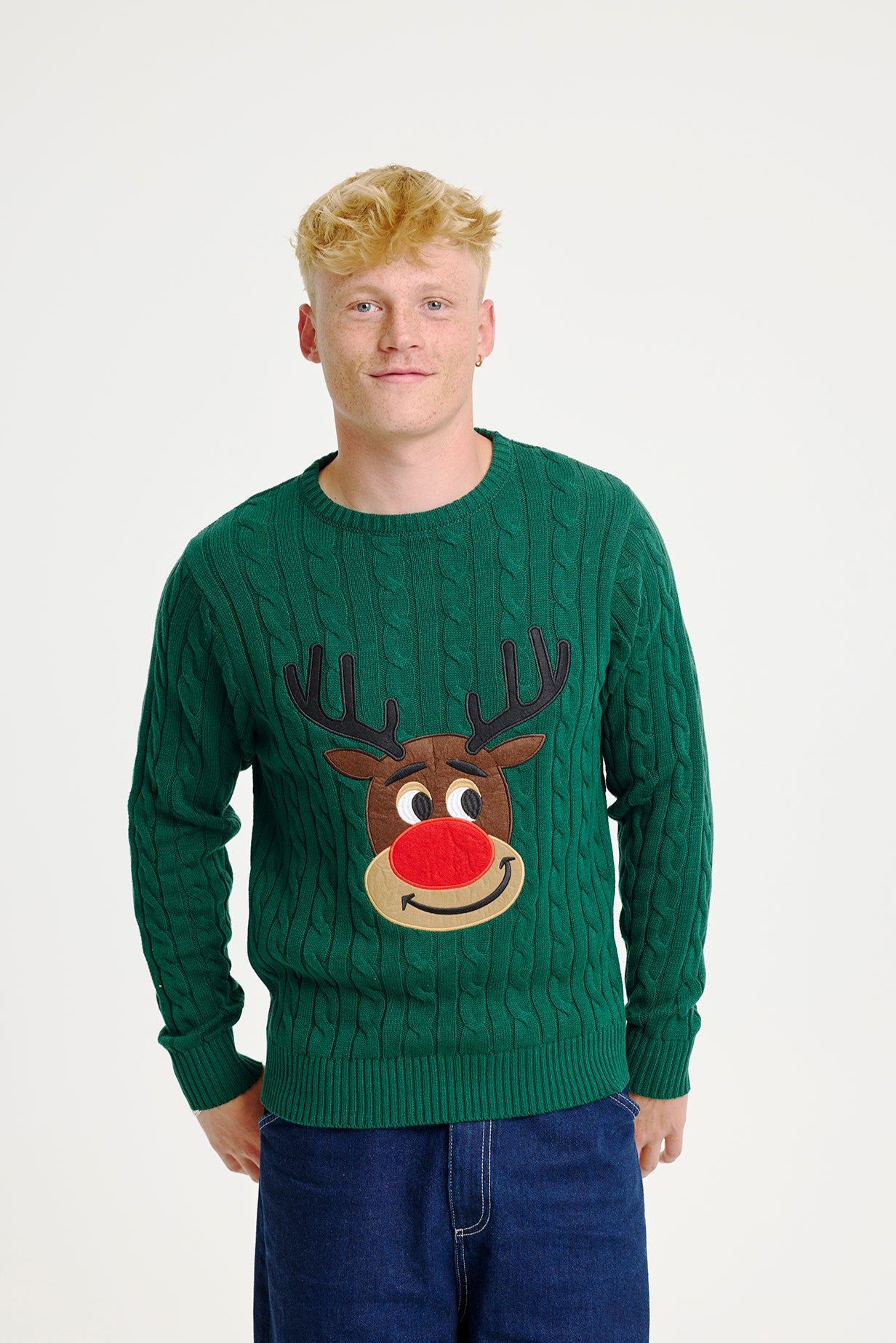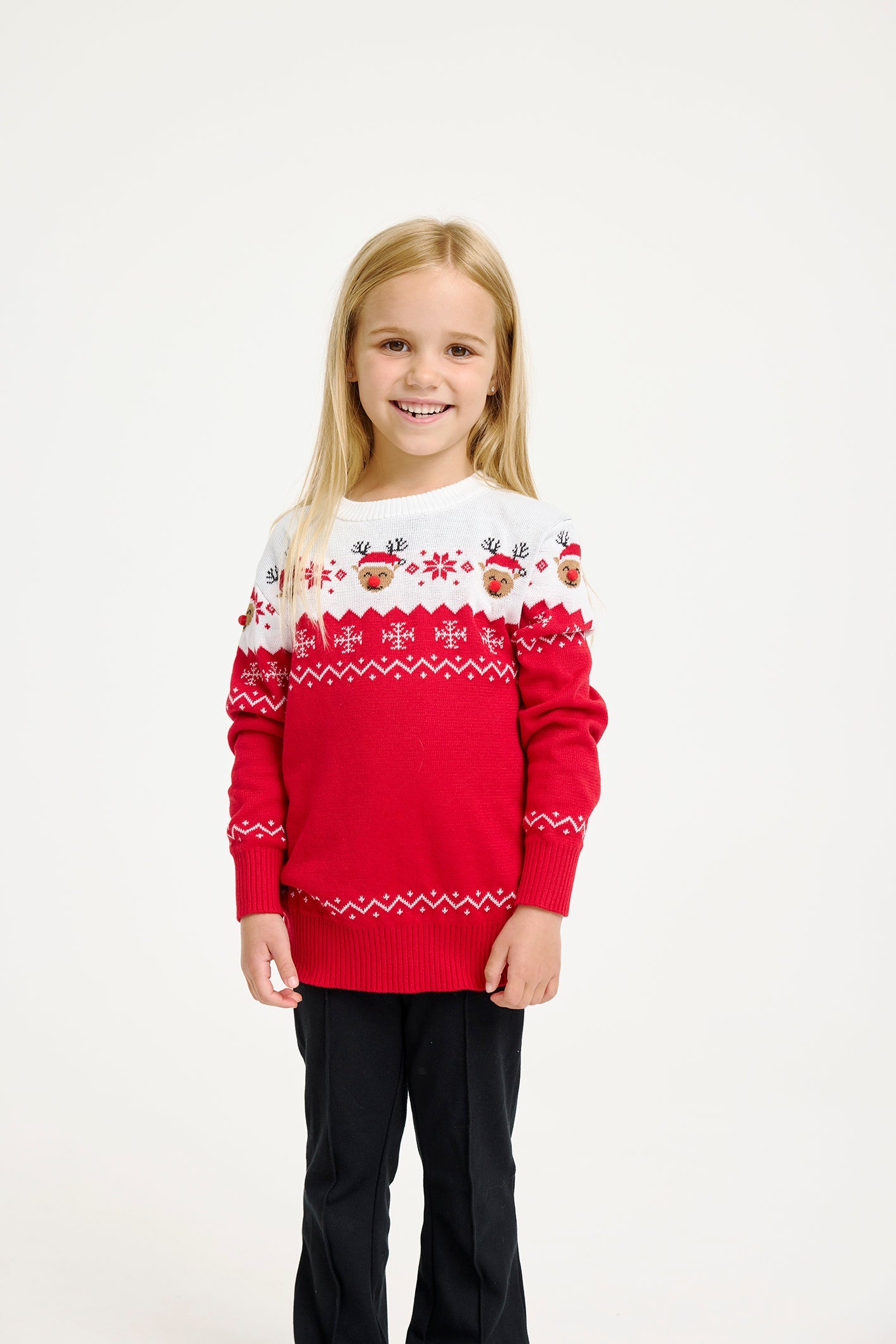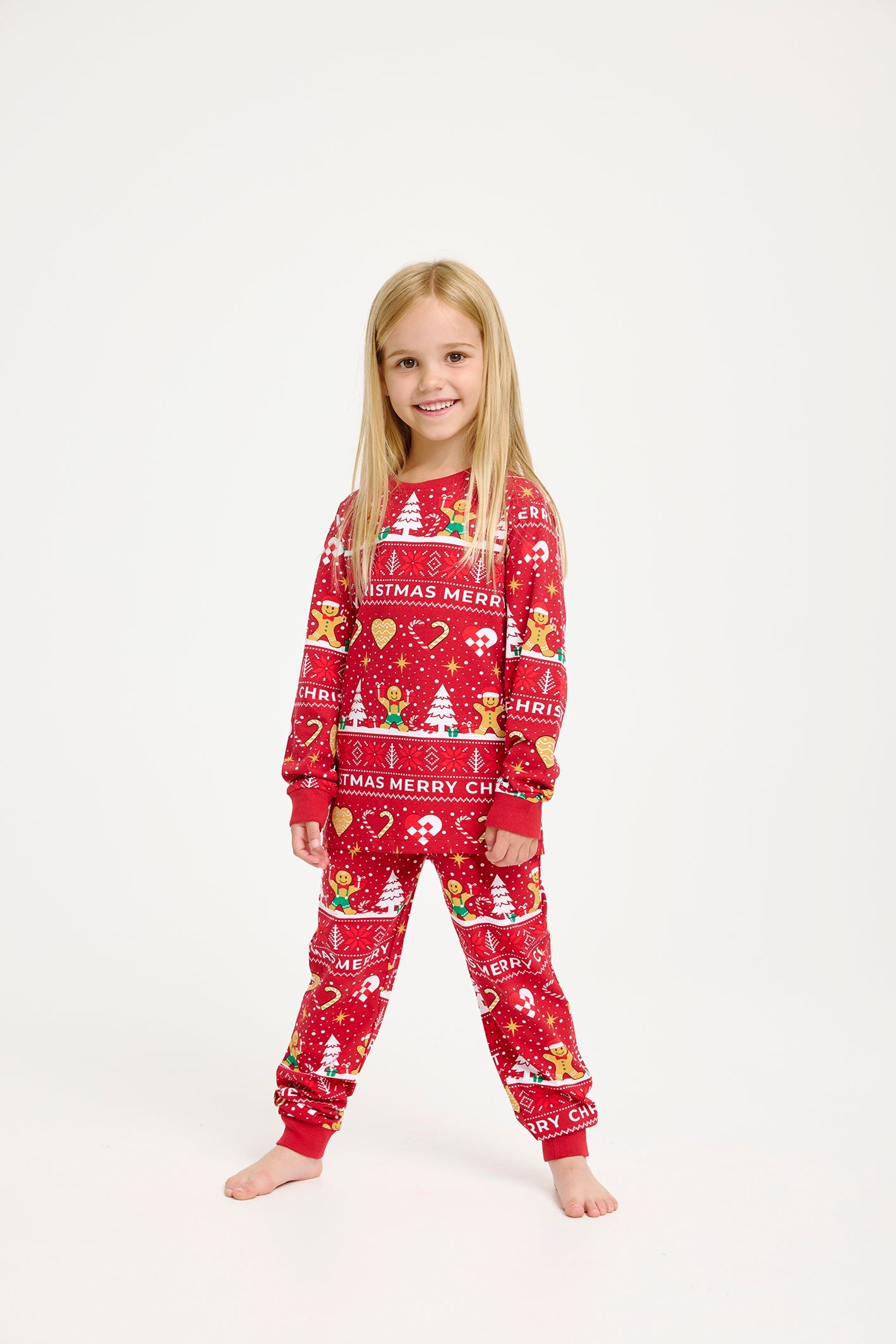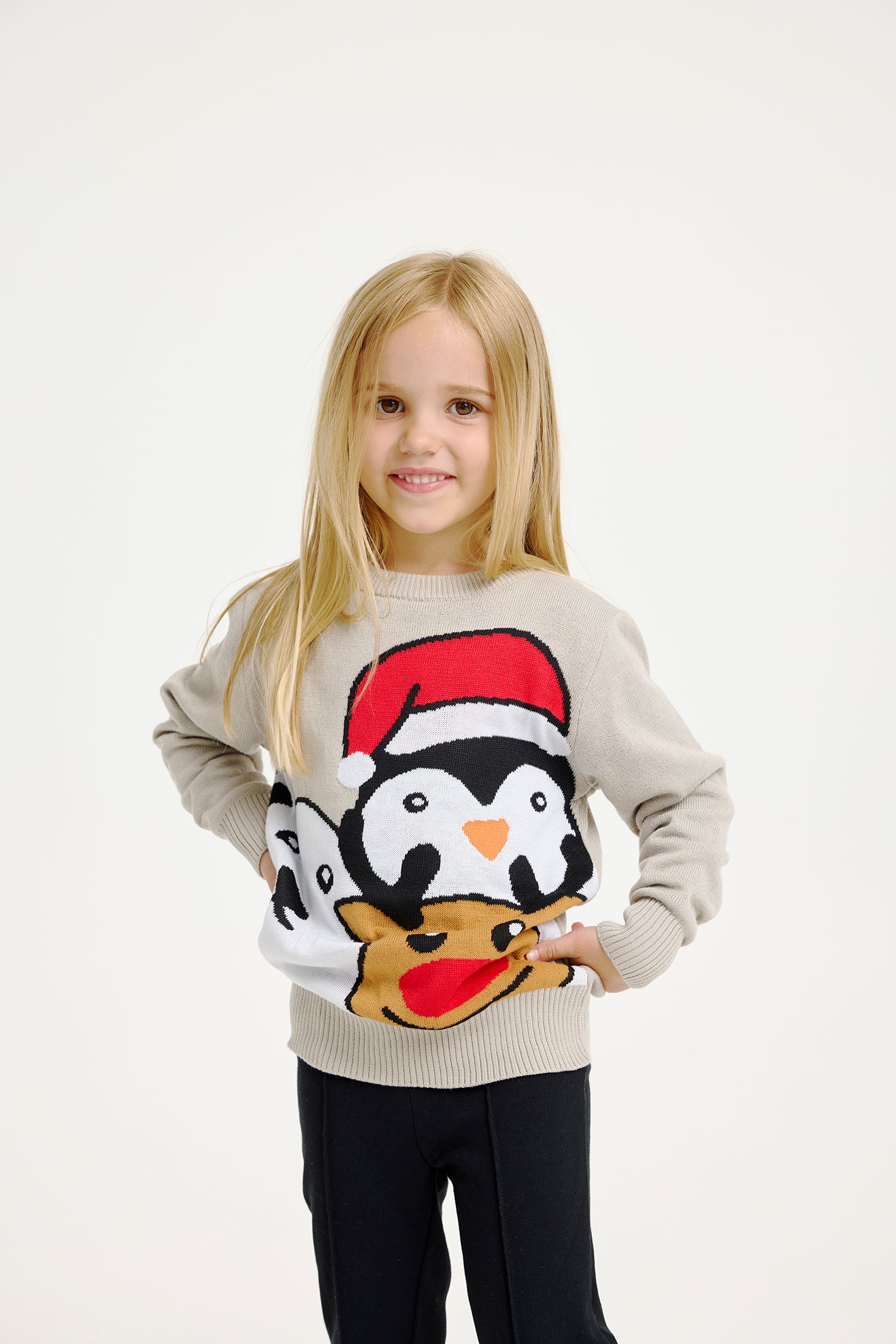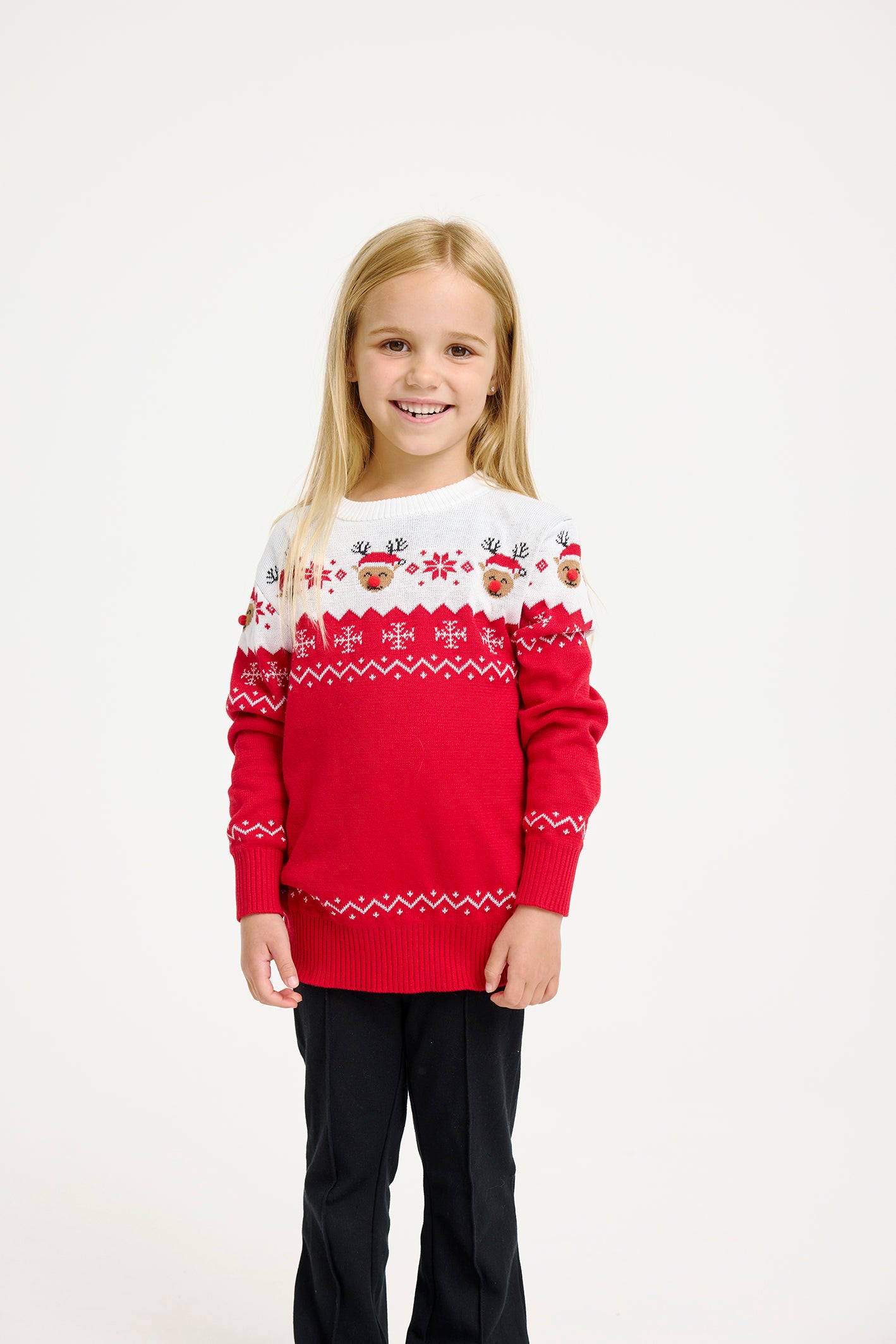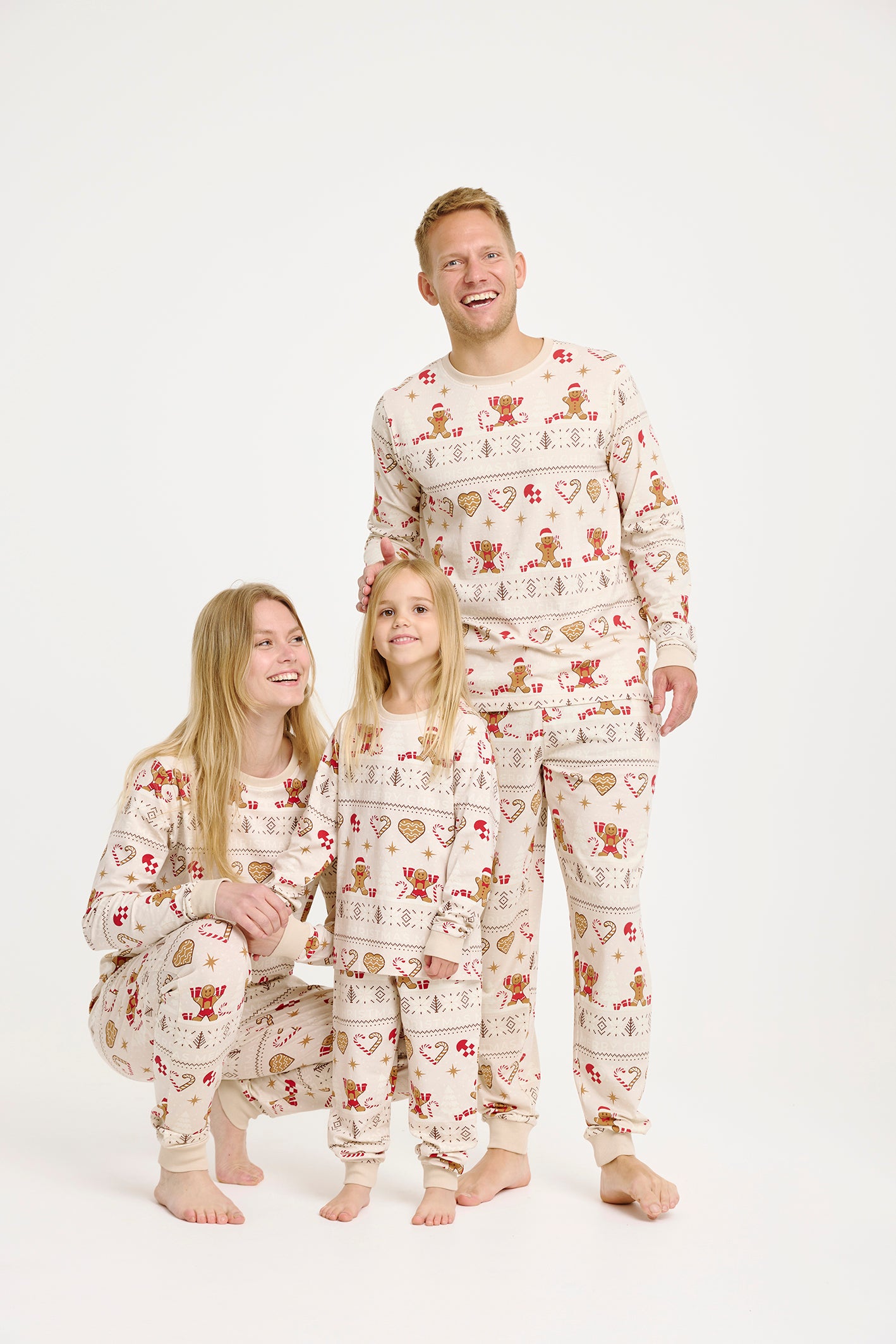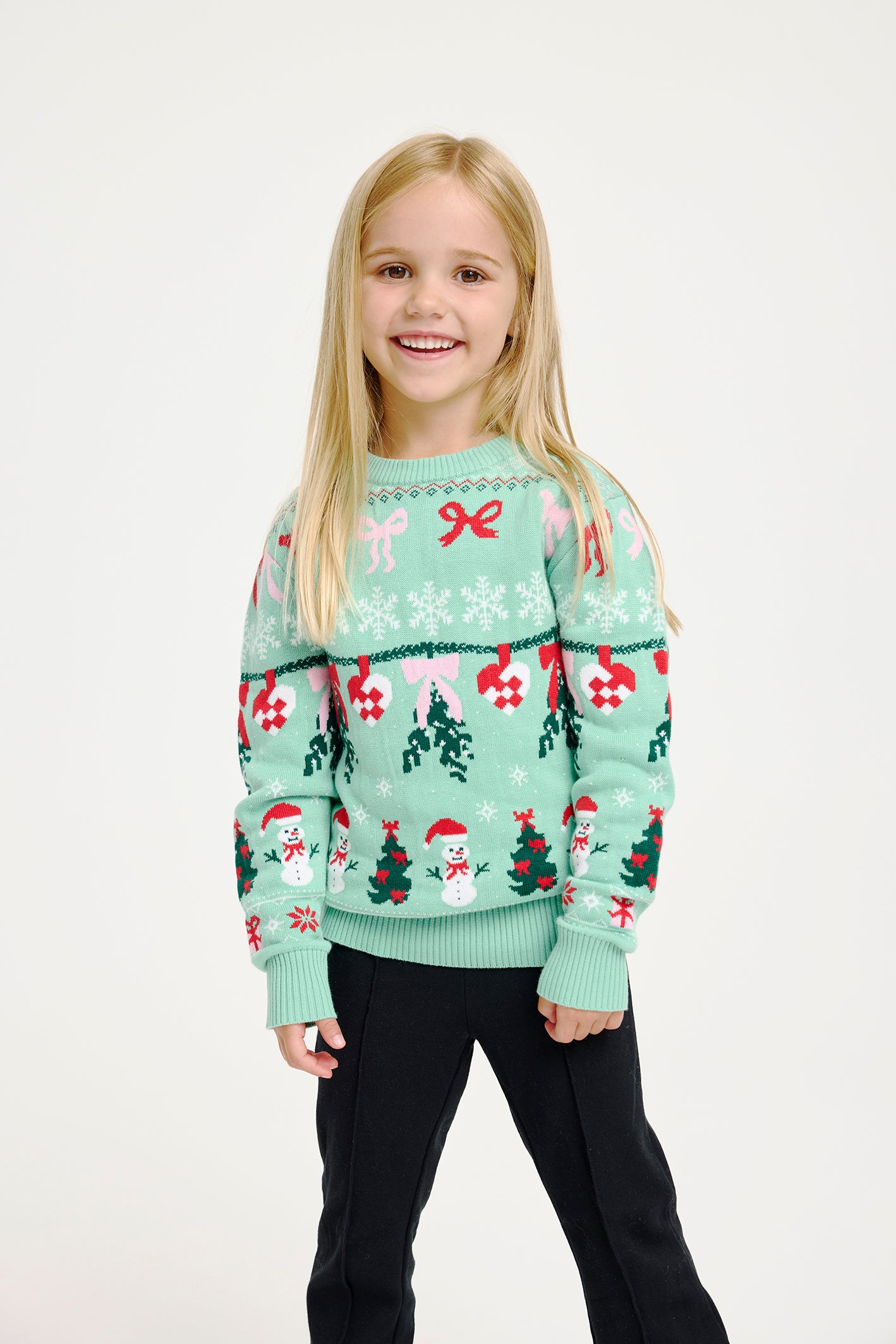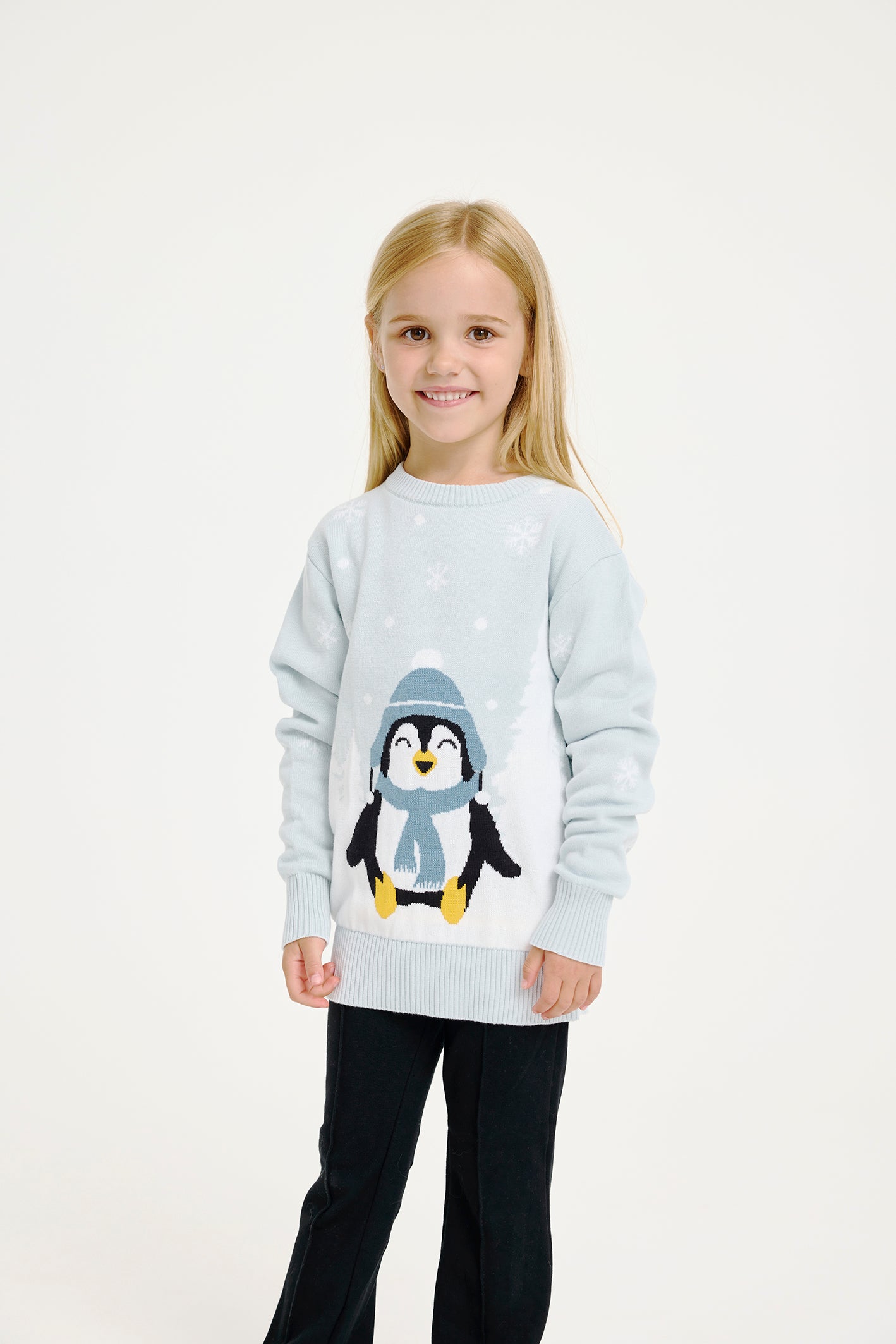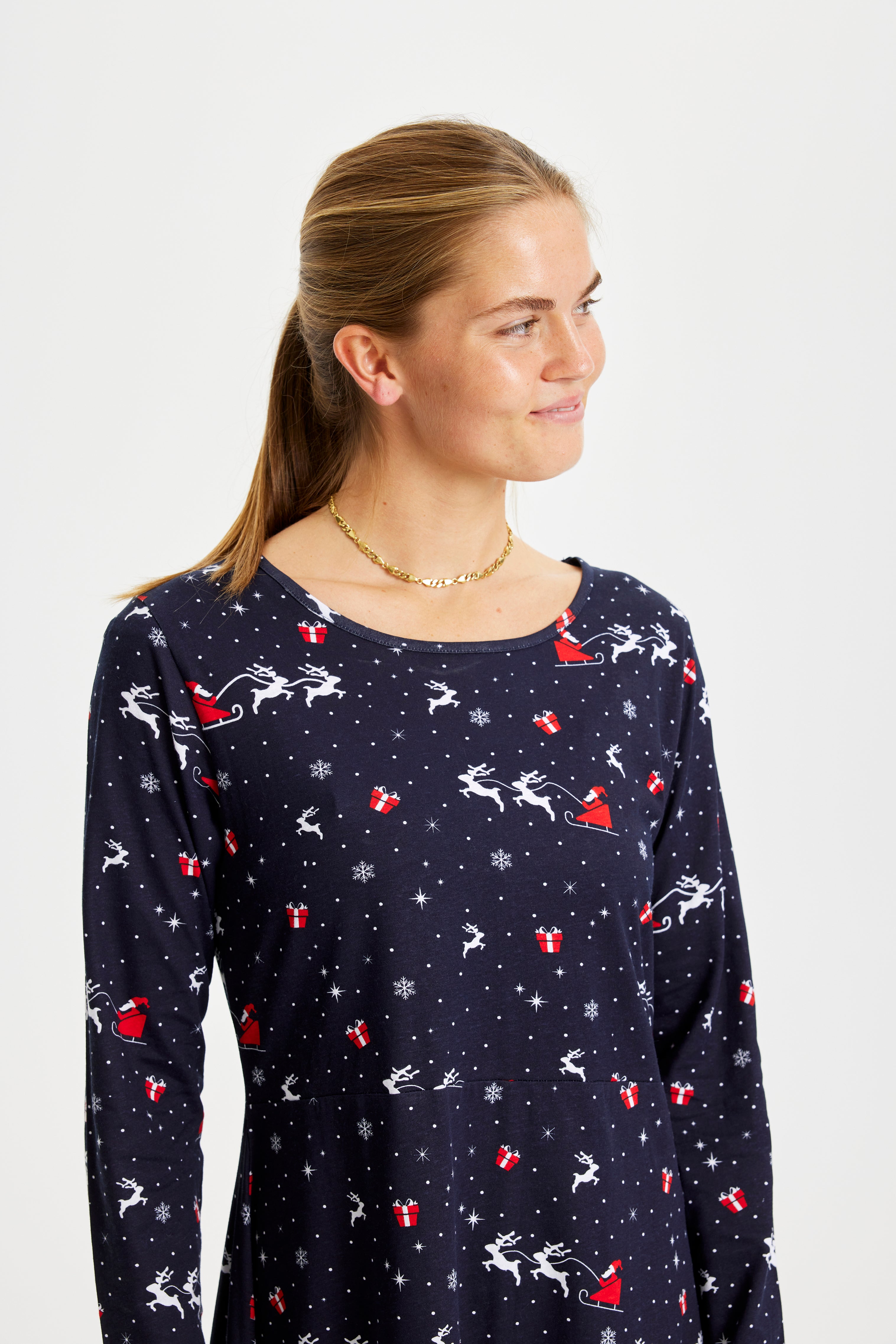23 October 2025
What is Christmas?

Ancient solstice feasts meet modern family-centered celebrations in a festival that blends midwinter customs with home-focused gatherings. Christmas is an annual winter festival that brings together older Northern European midwinter celebrations and a Christian commemoration of the birth of Jesus. Its meanings range across cultural, religious and secular spheres depending on time and place.
Origins of the name and the season
The name traces two roots. The Old Norse term jól or Yule referred to a midwinter feast, while the English word Christmas derives from Christ's Mass, the liturgical service remembering the nativity. The season sits in the practical and symbolic frame of the winter solstice, a moment historically used to mark the return of longer days. Across Europe the festival appears under different names and forms, from Yule to Weihnachten and Christmas, reflecting local language and emphasis.
Where does the name come from?
Jól predates Christian influence in Scandinavia and was associated with feasts and offerings to household and communal spirits. As Christianity spread, church celebrations were placed in midwinter and many older practices were absorbed or reinterpreted. That mix explains why contemporary observance can feel both ancient and specifically Christian.
Quick timeline overview
- Pre-Christian era, before the 11th century: regional midwinter feasts and rites linked to the solstice and communal food reserves.
- Early medieval period, from about 4th to 10th centuries: Christian nativity festivals become established in midwinter calendars.
- 19th century: cross‑European diffusion of the Christmas tree and home-centred customs.
- Last two centuries: growing emphasis on family gatherings, shared meals and popular customs that vary by country.
Today the festival balances ritual, family moments and social customs. Many households mark the day with food, songs and gift exchange, and some add playful touches such as novelty Christmas jumpers or themed outfits. For families with children matching kids Christmas sweaters is a common choice during photo moments, while others look to sustainable Christmas sweater options when choosing seasonal knitwear. If you plan a themed gathering an ugly Christmas sweater idea can be a light-hearted way to bridge older customs and modern fun.
For a deeper look at specific traditions and how they evolved, see related guides on Christmas shirts and seasonal apparel for inspiration.
Pagan roots and midwinter rites
Long before the nativity was assigned to winter months, communities marked the darkest time of year with feasts, offerings and gatherings that strengthened social bonds and signalled the slow return of daylight. These pre-Christian practices often featured communal meals, symbolic use of evergreens and light, and small acts meant to secure household luck and food stores for the months ahead. In northern regions specific rites appear in sources tied to gods and ancestral figures, with names such as Yule capturing the seasonal feast itself.
Christian adoption and religious meaning
As Christianity spread through Europe, church leaders located a festival remembering the birth of Jesus within the already significant midwinter season. That placement allowed familiar customs to persist, now reframed by church observance, carols and special services. The result is a layered celebration where liturgical elements coexist with older seasonal practices, and where emphasis on religious worship varies by community and denomination.
Key traditions and their origins
- Seasonal feasts / Nativity feasts / Family dinners: Many modern holiday meals trace back to communal winter feasting and later to church-associated celebrations centred on the nativity.
- Tree and evergreen rites / Christian reinterpretation / Home decorations: The use of evergreens predates Christianity, was later given symbolic meanings, and today appears as decorated trees and wreaths in homes.
- Gift giving rituals / Saints and Christian figures / Present exchanges: Local gift-bringer customs combined with figures such as Saint Nicholas, evolving into contemporary gift exchanges at home.
- Household spirits and omens / Saint stories and miracles / Folklore customs: Beliefs about household spirits persisted alongside saint narratives and survive in folk tales and seasonal superstitions.
- Light symbolism / Christ as light metaphor / Candles and Advent practices: Light served both practical needs and symbolic purposes, now expressed in candles, Advent observances and public displays.
Santa Claus, nisse and regional gift bearers
Across Europe the figure who brings gifts combines multiple influences. The historical Saint Nicholas contributed generosity and gift-giving motifs, while local figures—household spirits in some northern traditions and kindly elders in others—added distinct personality and rules. In northern folklore a small household helper appears in many stories, acting as a protector of barns and homes and sometimes as a mischievous test of hospitality. Over time these figures have merged with international gift-bearers to shape the characters familiar in holiday stories and family customs.
Language and naming: Christmas, Jul and Yule
The word Christmas explicitly refers to Christ and the liturgical mass around his birth. Jul and Yule point to older, non-Christian roots with names that predate the church and reflect the midwinter feast. Different languages carry these signals: some names highlight religious meaning, others preserve the memory of pre-Christian celebrations, and both types coexist in modern usage.
Modern apparel and seasonal dress
Clothing has become a visible way to join the celebration, from sweaters that reference classic patterns to playful novelty items for parties and family photos. A classic Christmas sweater remains a popular choice for gatherings, while some families opt for matching Christmas pajamas for coordinated holiday photos. If you are choosing outfits for a gathering, consider combining a timeless knit with a humorous piece to blend tradition and fun.
FAQ about what is Christmas?
What is Christmas? Christmas is a winter festival that blends older midwinter feasts with a Christian celebration of the birth of Jesus, expressed through both religious observance and cultural customs.
Why is Christmas connected to light and evergreens? Light and evergreens were practical and symbolic elements of midwinter rites that later gained religious meaning and now appear in candle traditions and decorative greenery.
How did pagan customs become part of Christmas? Church festivals were often set near existing local celebrations, allowing many local customs to continue under new religious interpretations.
Who are the figures that bring gifts? Gift-bringers draw on Saint Nicholas, local household figures and later commercial images; their roles and symbolism vary across cultures.
For inspiration on seasonal apparel that fits both classic and playful celebrations, explore a range of Christmas sweater options and matching Christmas pajamas for families to coordinate outfits and photos.
Development over the last two centuries
In the 1800s and onward the festival shifted from scattered local feasts to a more recognisable season of home-centred celebration. The Christmas tree, introduced from German customs, moved into living rooms and set the tone for a domestic style of festivity. In the same period printed carols, illustrated gift books and seasonal markets helped standardise songs and images that now feel familiar across many households.
The last two centuries also brought commercial changes. Shops began dressing for the season, mass-produced decorations appeared, and gift-giving grew alongside new retail rhythms. At the same time many communities kept distinct regional flavours: small towns held public tree lightings and choir concerts, while rural areas kept older foodways and superstitions alive in quieter, more intimate gatherings.
Socially, Christmas now serves multiple functions. It gathers families around rich, shared meals, it marks civic moments with public carol events and town markets, and it creates playful communal rituals like themed parties or matching outfits. Wearing a cosy Christmas sweater while singing around the tree or serving dessert is a simple way to feel connected to both past and present traditions.
Traditions particular to Denmark
In Denmark the focal family celebration takes place on December 24th, when tables are laid with duck or roast pork and a bowl of risalamande waits for the end of the meal. Candles are lit, the scent of pine and freshly baked pastries fills the house, and families sing together before dancing around the tree. These elements mix culinary detail and communal gesture: the crisp skin of the roast, the warm creaminess of the dessert, the crackle of candle flames.
Folk belief continues to colour parts of the season. The nisse remains a familiar figure in stories and customs, associated with household luck and small omens. Many of these beliefs are treated with a smile, woven into the gentle storytelling that accompanies decorating and preparing the home for winter.
When dressing for the evening, people usually choose ready-made festive garments rather than homemade knits. Many enjoy pairing a smart knit or playful top with relaxed, matching sleepwear; a set of matching Christmas pajamas can make the photo moments feel intentional without overt fuss.
Symbols and their meanings
Symbolism: Light remains the most persistent motif. Candles and strings of lights recall older responses to the solstice, when communities emphasised the return of daylight. The evergreen, whether on the door as a wreath or standing tall as a tree, speaks of endurance and continuity through the cold months.
Food and communal tables symbolise abundance and sharing. A table heavy with roast meat, seasonal vegetables and sweet elements carries the sensory language of consolation and celebration: the aroma of roasting meat, the sticky sweetness of jam and caramel, the warmth that rises from bowls and kettles.
Bringing tradition into your home
Light, scent and sound are easy ways to summon a timeless feel. Choose warm lighting, let the scent of pine mingle with the smell of baking, and play a selection of carols and seasonal songs that invite humming along. If you plan a relaxed evening, think about combining a classic knit with a playful item for comfort and smiles. Soft textures and layered clothing keep the warmth literal as well as symbolic.
Frequently asked questions
What is Christmas?
Christmas is a winter festival that blends older midwinter feasts with a Christian celebration of the birth of Jesus, expressed through religious services, family gatherings and cultural customs.
Why is Christmas celebrated in December?
Many church calendars placed the nativity observance in midwinter, aligning it with existing solstice-related festivals and local seasonal customs.
Where does the word “Christmas” come from?
The English term comes from Christ's Mass, referring to a liturgical celebration remembering the birth of Christ.
Where does the word “Jul” or “Yule” come from?
These names trace back to older northern European words for a midwinter feast, reflecting pre-Christian seasonal celebrations.
Why is the main Danish celebration on December 24?
In Danish tradition the family meal, singing and gift exchange occur on Christmas Eve, a timing shaped by liturgical and national customs that differ across countries.
How did pagan customs become part of Christmas?
Church festivals were often set near existing local celebrations, allowing many regional practices to persist and be reinterpreted within Christian contexts.
Who is the nisse and how does it relate to Santa Claus?
The nisse is a Nordic household spirit from folklore associated with barns and homes; over time the figure has become part of popular seasonal stories and merged in some contexts with international gift-bringers.
What role do lights and evergreens play in Christmas?
They symbolise life and the return of light after the solstice; evergreens signify continuity and lights carry both practical and symbolic meanings.
How have traditions changed in the last 200 years?
Notable shifts include the widespread adoption of the Christmas tree, a stronger focus on family-centred home celebrations and the spread of shared songs and foodways across regions.
Also view
23 October 2025
Picture your household checking a small marker on the calendar each morning, a ritual that turns ordinary December days into little sh...

